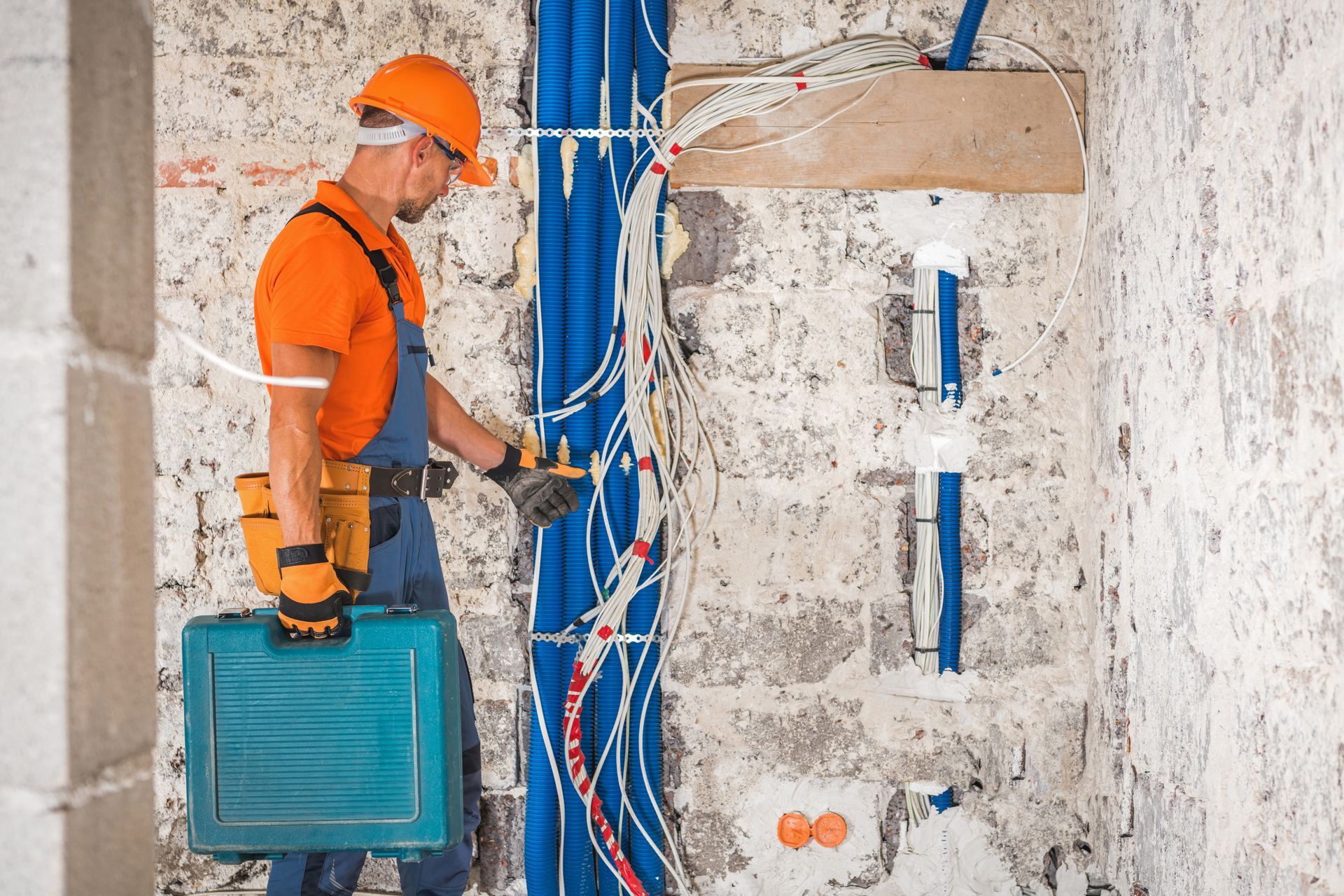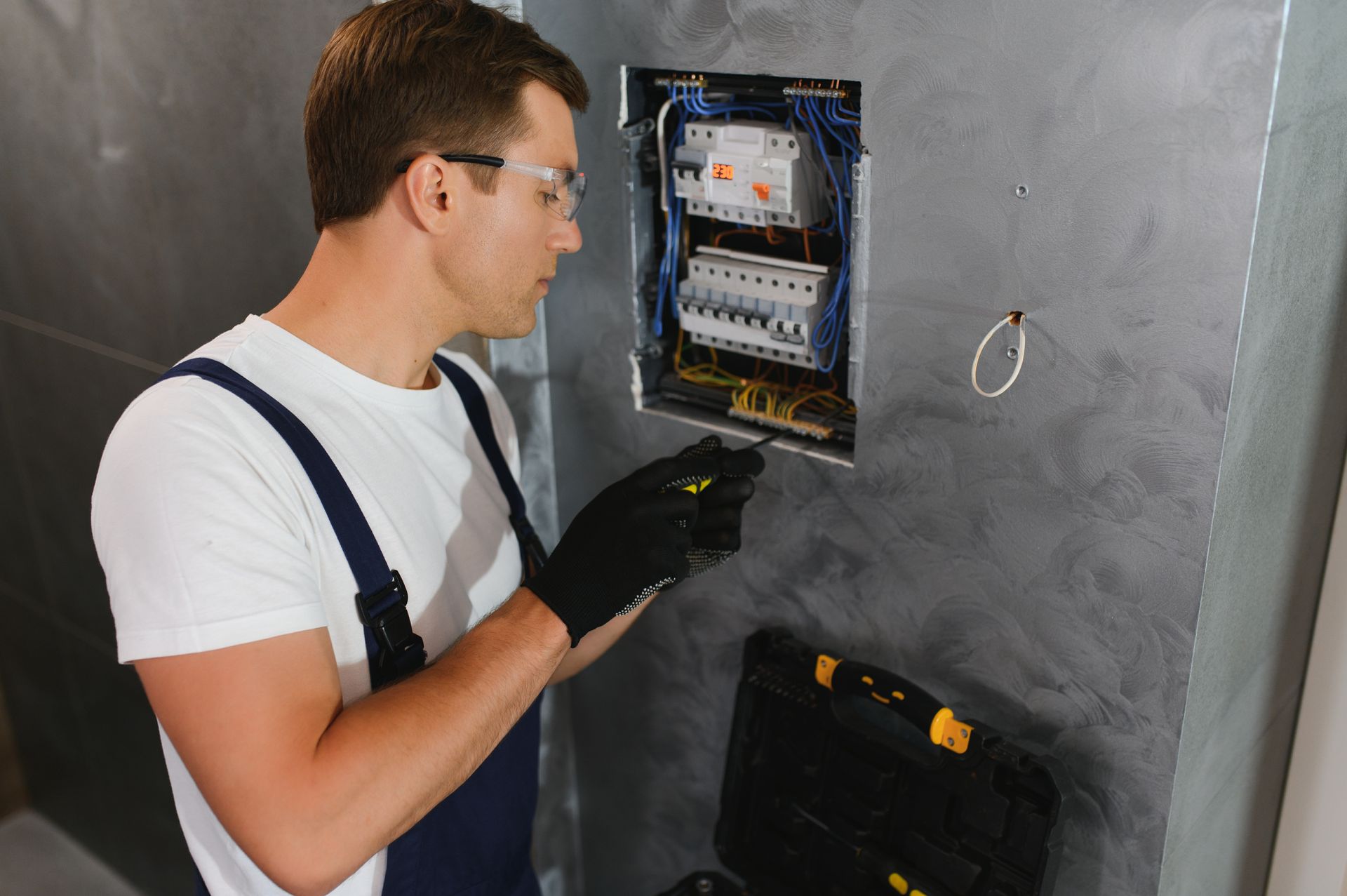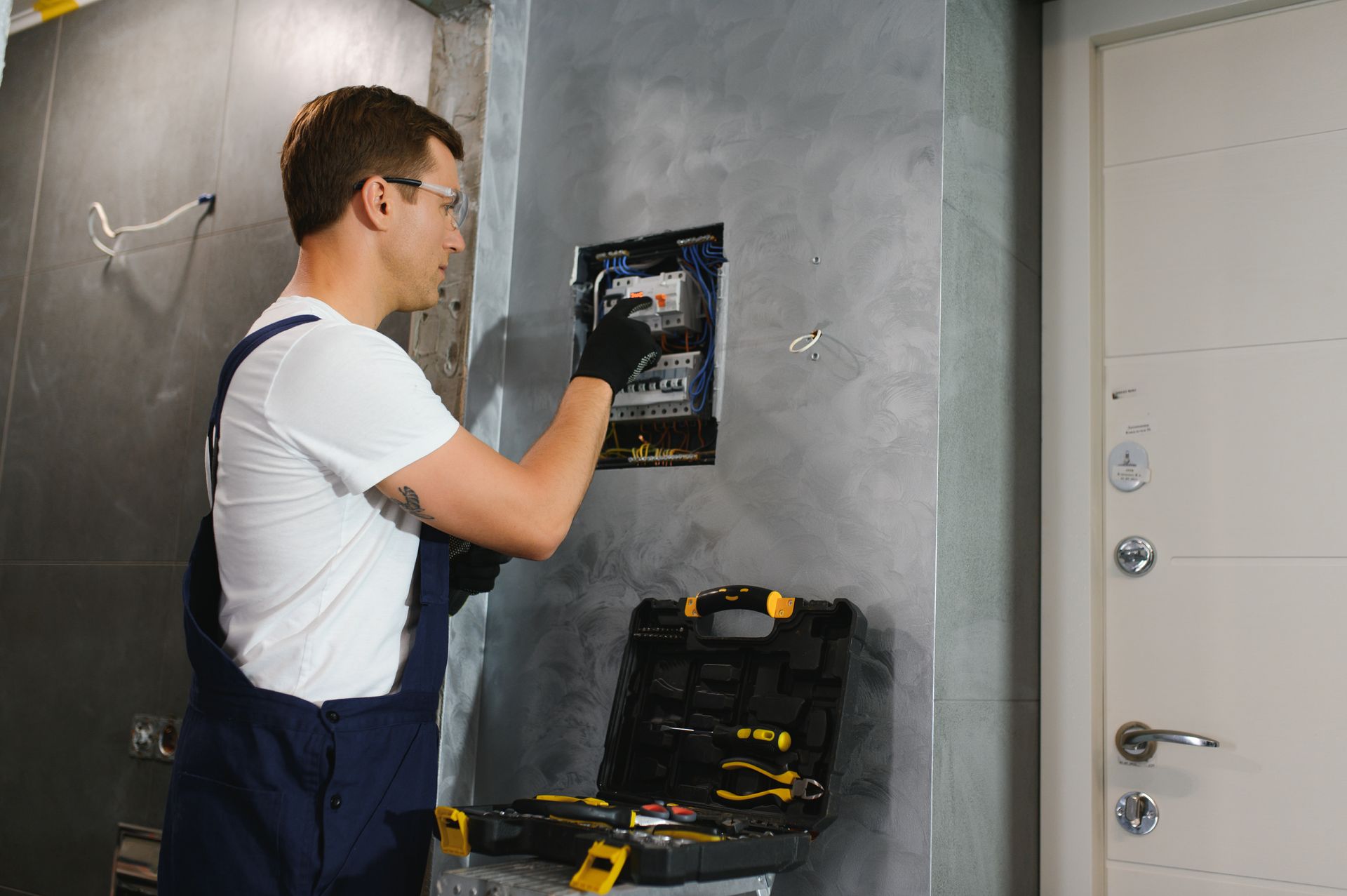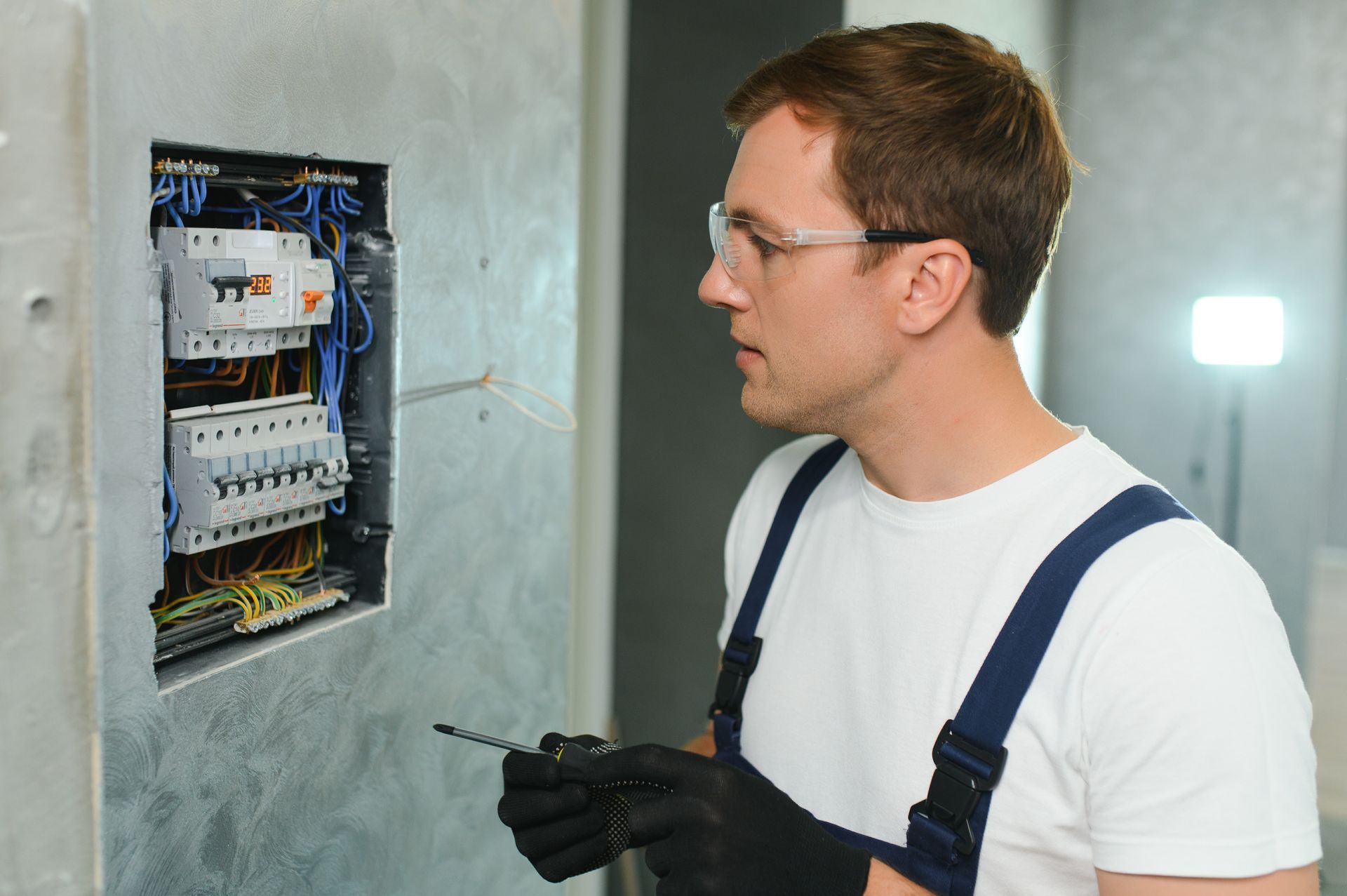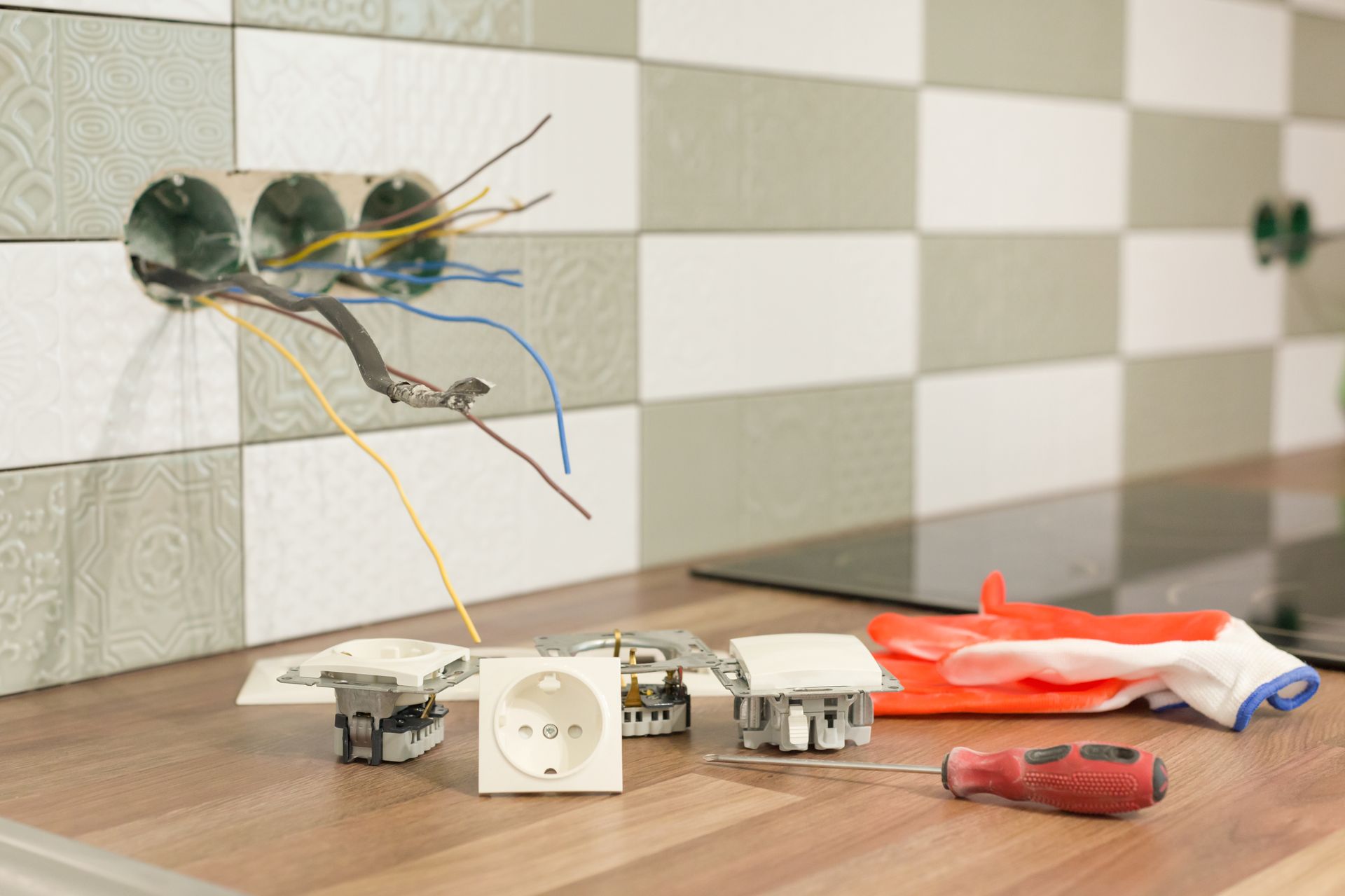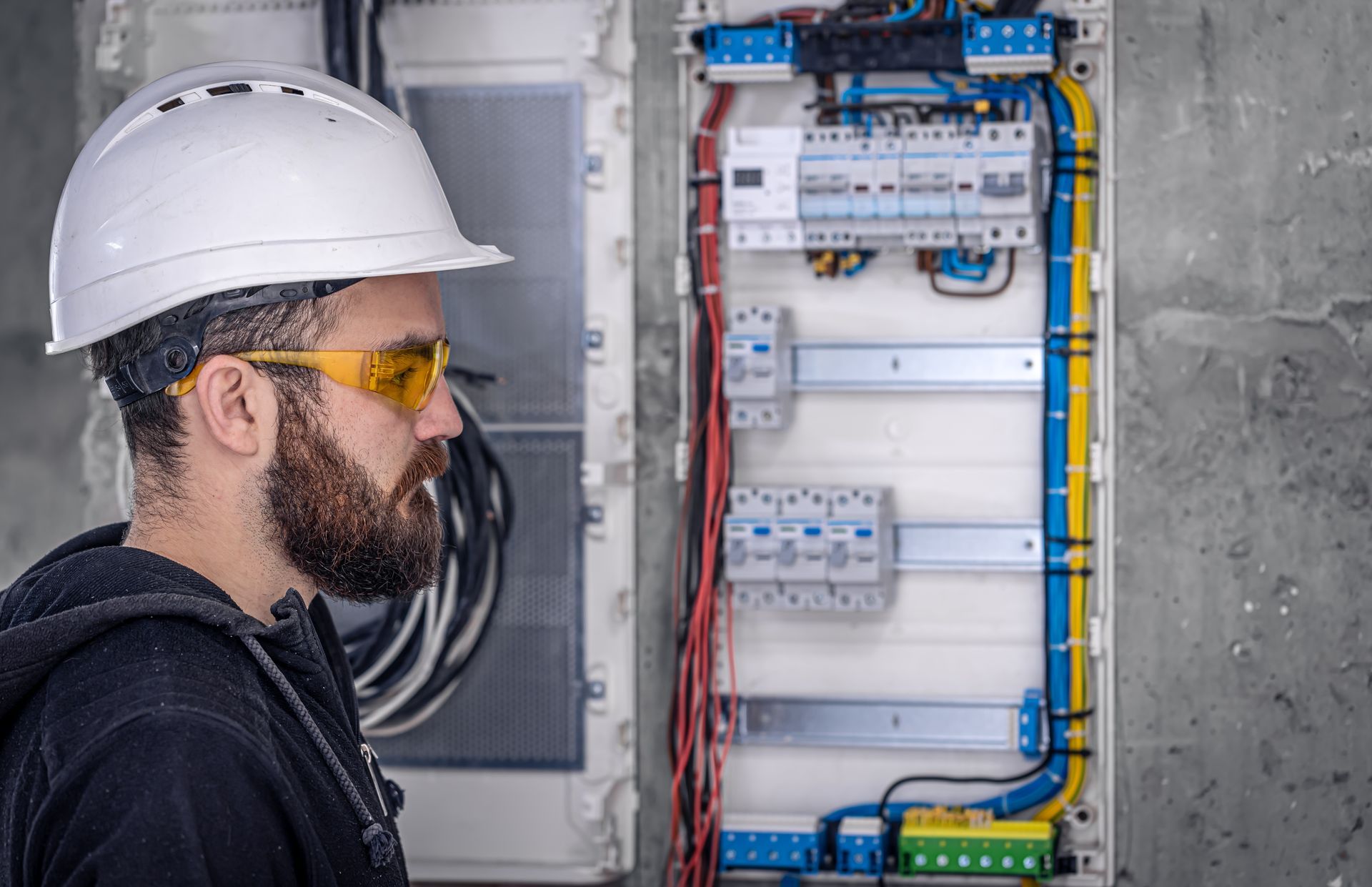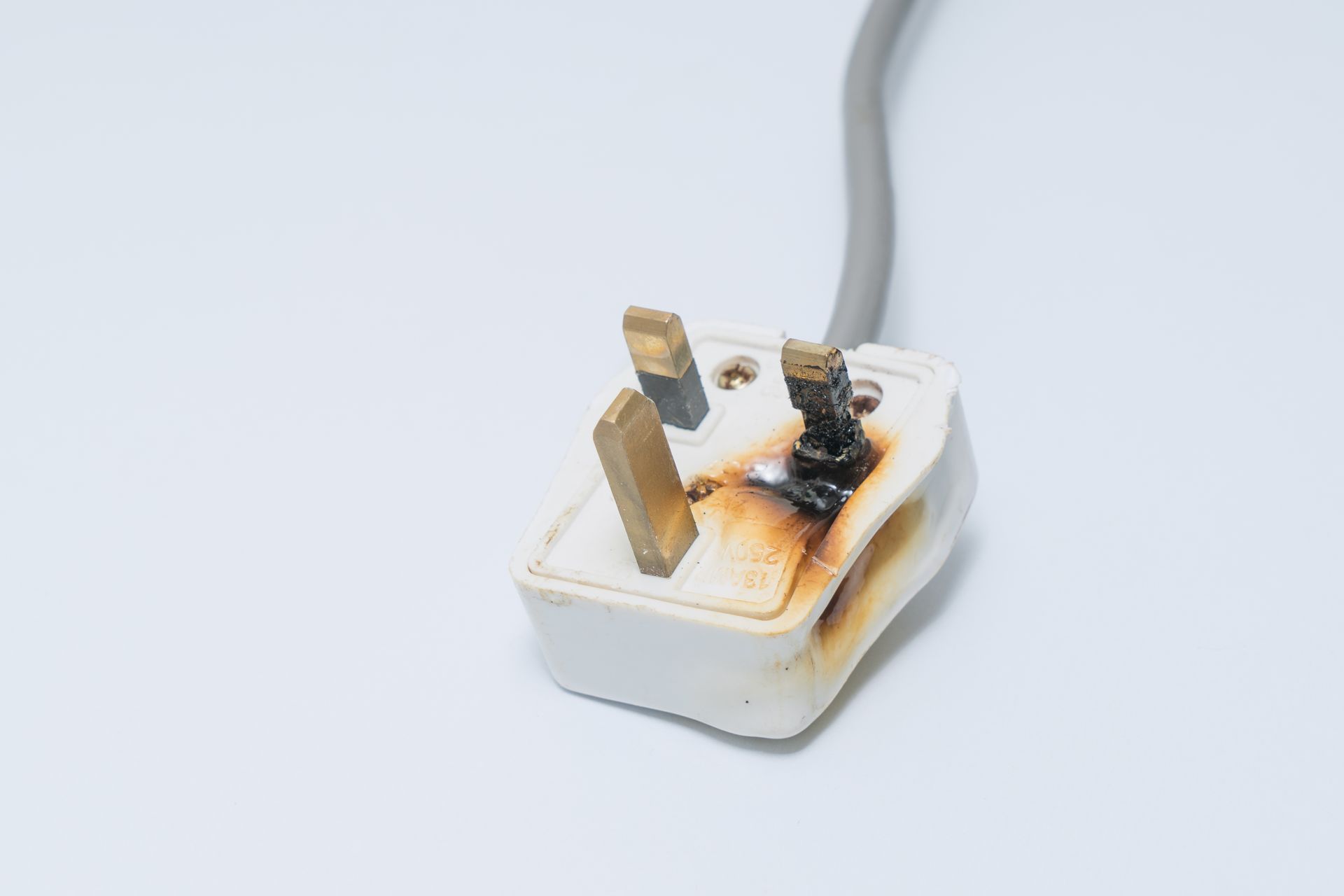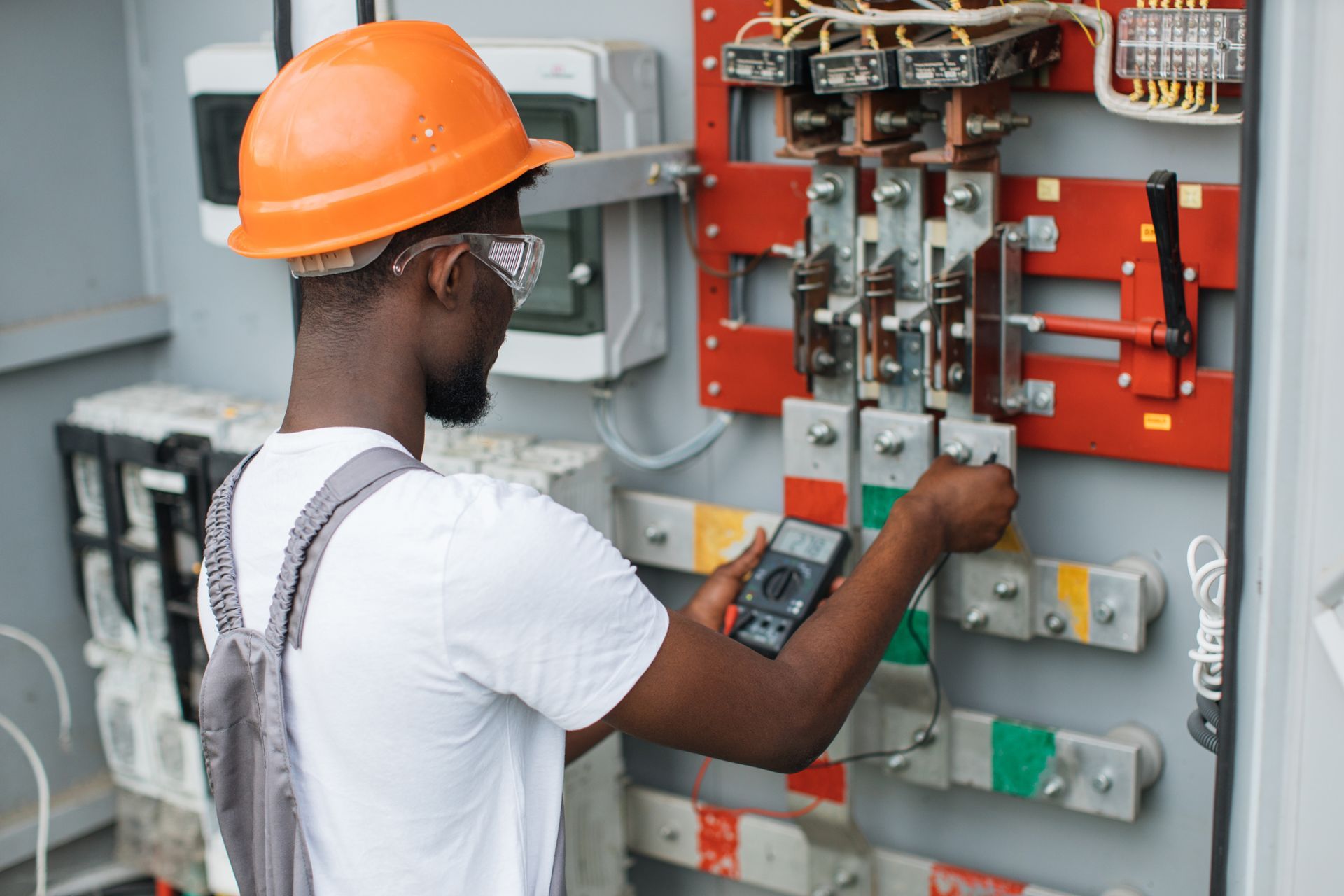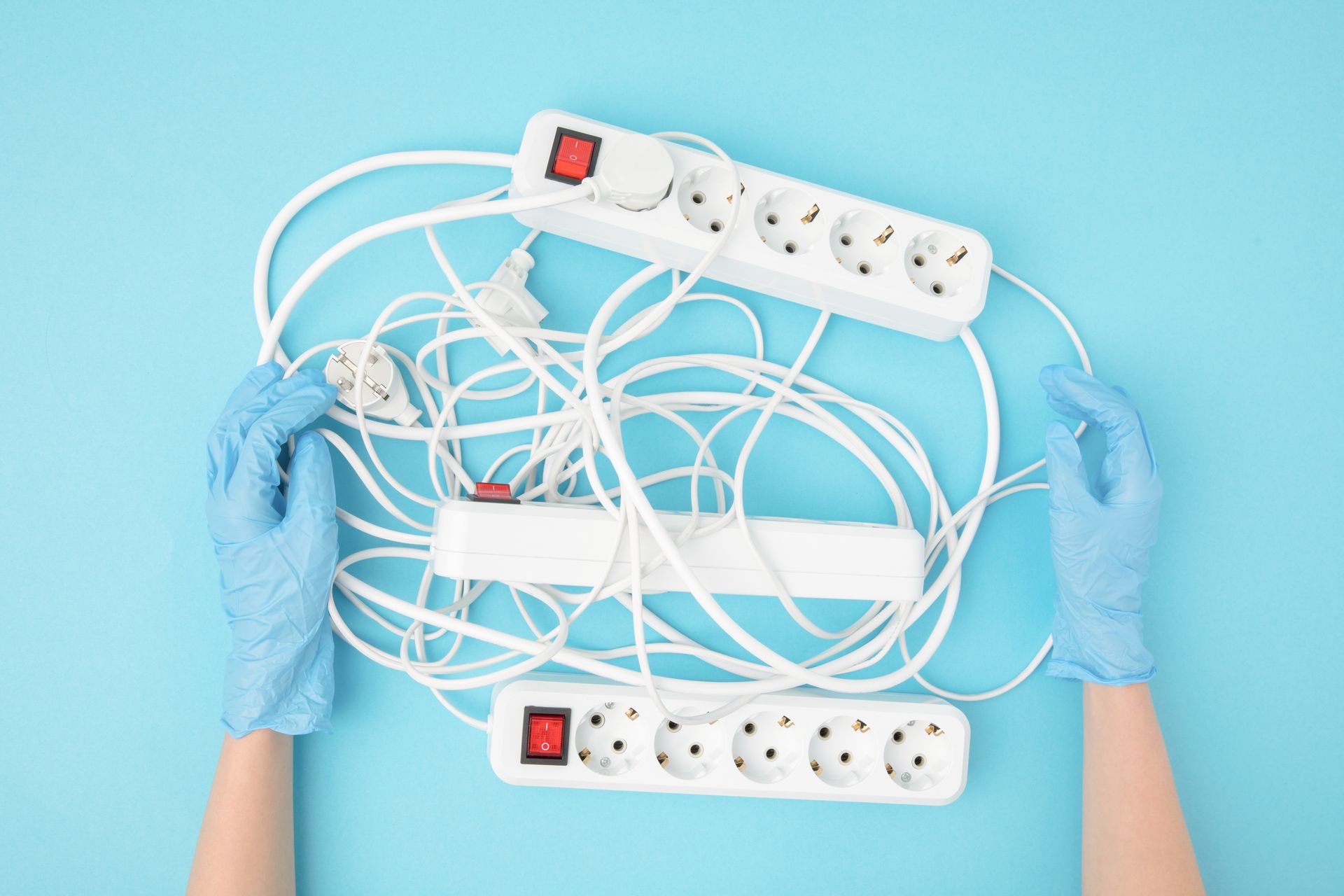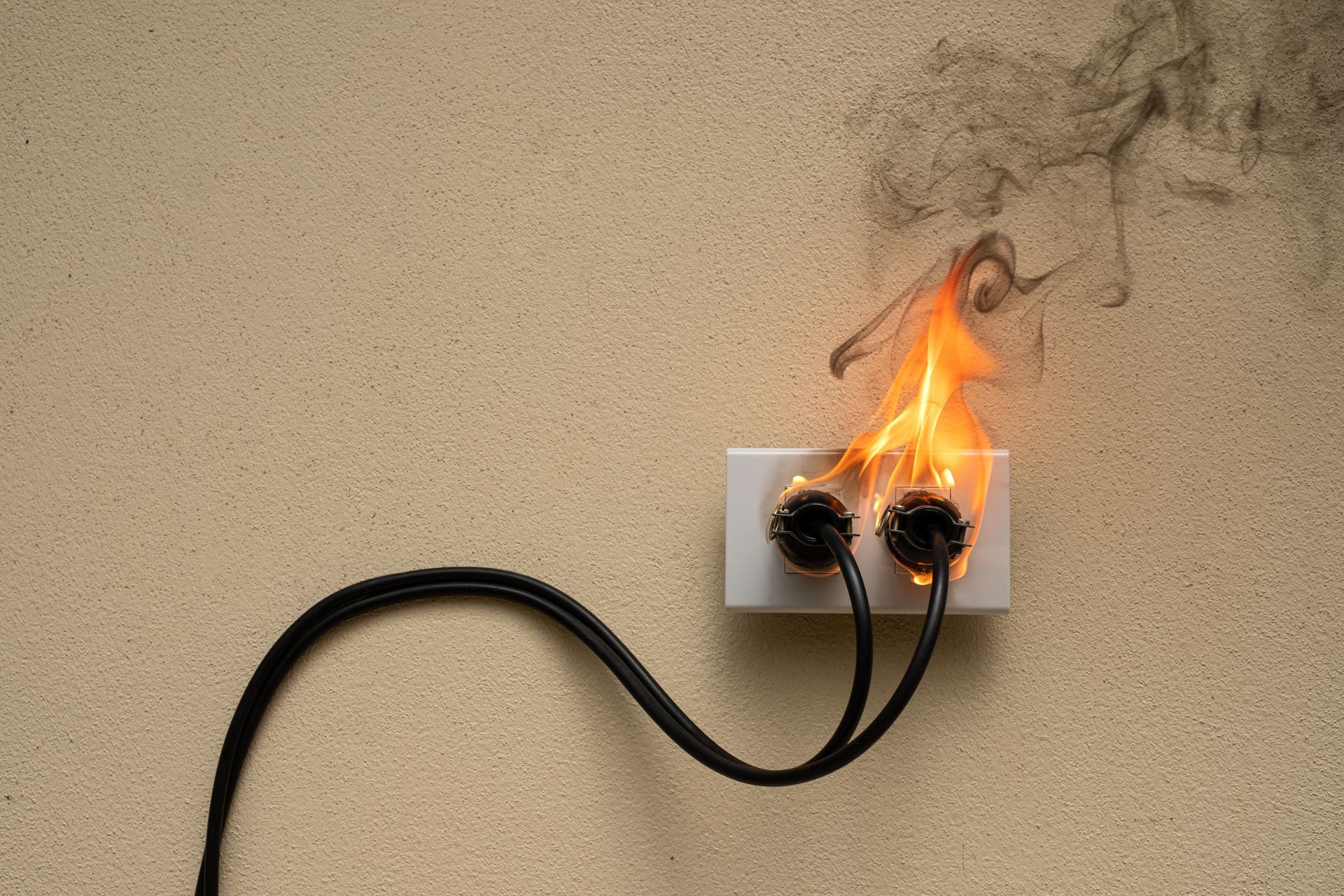Troubleshooting Electrical Issues in the Workplace: A Practical Guide
Troubleshooting Electrical Issues in the Workplace: A Practical Guide
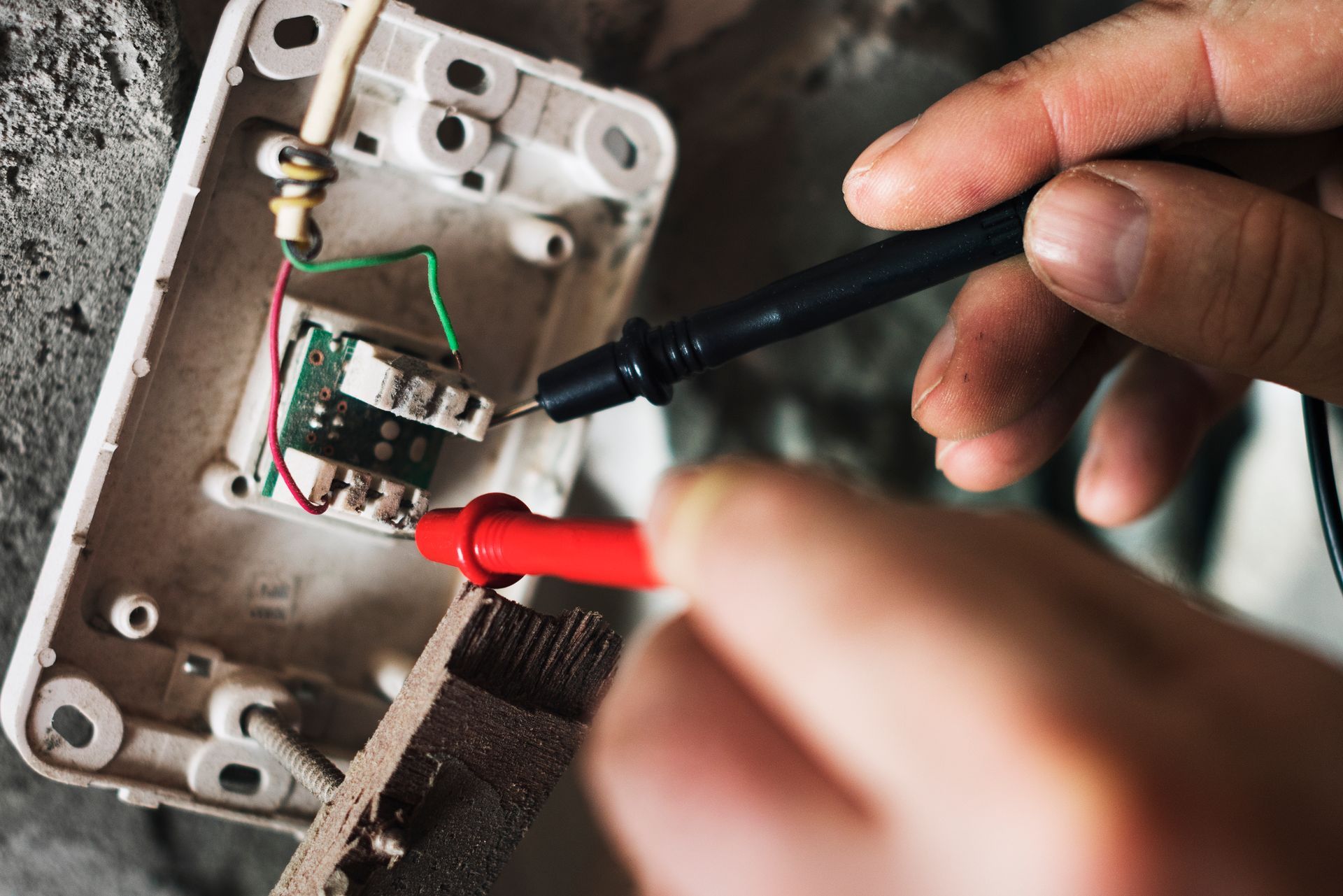
Electrical issues in the workplace can disrupt operations, pose safety hazards, and lead to costly repairs if not addressed promptly. Knowing how to troubleshoot common electrical problems can help minimize downtime and ensure a safe working environment. In this guide, we’ll walk you through practical steps to troubleshoot electrical issues in the workplace effectively.
1. Assess the Situation
Identify the Problem
- Observe Symptoms: Look for signs of electrical issues such as flickering lights, tripped circuit breakers, power outages, or unusual noises from electrical equipment.
- Check Equipment: Determine if the problem is isolated to a specific piece of equipment or if it affects multiple areas of the workplace.
Gather Information
- Recent Changes: Note any recent changes or additions to the electrical system, such as new equipment, renovations, or modifications.
- History of Issues: Consider whether similar problems have occurred before and if there are any patterns.
2. Safety First
Power Down
- Turn Off Power: Before inspecting or working on any electrical system, turn off the power to the affected area at the circuit breaker or main electrical panel to avoid electrical shocks.
- Use Safety Gear: Wear appropriate personal protective equipment (PPE), such as insulated gloves and safety glasses.
Check for Hazards
- Inspect for Damage: Look for visible signs of damage, such as frayed wires, burn marks, or water leaks near electrical components.
- Ensure Dry Conditions: Make sure that the area is dry and free from moisture, as water and electricity do not mix.
3. Troubleshooting Steps
Check Circuit Breakers and Fuses
- Reset Breakers: If a circuit breaker has tripped, reset it by turning it off and then back on. If it trips again, there may be a short circuit or overload that needs further investigation.
- Replace Fuses: If the issue involves a blown fuse, replace it with a fuse of the same rating. Avoid using a fuse with a higher rating as it can lead to overheating.
Inspect Outlets and Switches
- Test Outlets: Use a voltage tester to check if outlets are functioning correctly. If an outlet is not working, check if it’s connected to a circuit that’s turned off or if there’s a wiring issue.
- Check Switches: Ensure that switches are in the correct position and not malfunctioning. Sometimes, faulty switches can cause electrical problems.
Examine Wiring and Connections
- Inspect Wiring: Look for signs of damaged or loose wiring connections. Ensure that all wires are properly connected and secured.
- Check Junction Boxes: Open junction boxes to verify that connections are tight and there is no sign of overheating or corrosion.
Test Electrical Equipment
- Plug in Different Equipment: Test the affected outlet or circuit by plugging in different equipment to determine if the issue is with the outlet or the equipment itself.
- Inspect Equipment: If specific equipment is malfunctioning, check for any visible damage or loose connections. Refer to the equipment’s manual for troubleshooting tips.
4. Evaluate and Repair
Assess the Findings
- Determine the Cause: Based on your observations and tests, identify the likely cause of the electrical issue. It could be due to a faulty breaker, damaged wiring, or malfunctioning equipment.
Make Repairs
- Replace Components: Replace any damaged or worn-out components, such as outlets, switches, or circuit breakers.
- Repair Wiring: If wiring is damaged, repair or replace it as needed. Ensure that all repairs meet local electrical codes and standards.
Seek Professional Help
- Consult an Electrician: If you are unable to identify the cause of the problem or if the issue involves complex electrical systems, contact a licensed electrician. They have the expertise and tools to diagnose and fix electrical issues safely and efficiently.
5. Prevent Future Issues
Regular Maintenance
- Schedule Inspections: Regularly inspect and maintain electrical systems to prevent potential problems. This includes checking wiring, outlets, and equipment.
- Upgrade Systems: Consider upgrading outdated electrical systems and equipment to improve safety and efficiency.
Employee Training
- Educate Staff: Train employees on electrical safety practices and how to recognize and report electrical issues. Encourage them to follow safety protocols and report any concerns promptly.
Implement Safety Measures
- Install Safety Devices: Use safety devices such as surge protectors and Ground Fault Circuit Interrupters (GFCIs) to protect equipment and personnel.
Conclusion
Troubleshooting electrical issues in the workplace requires a systematic approach, attention to safety, and knowledge of common problems. By following these steps, you can effectively diagnose and address electrical issues, minimizing disruptions and ensuring a safe working environment. Always prioritize safety and consult with professionals when dealing with complex electrical problems. A well-maintained electrical system not only supports smooth operations but also protects your employees and equipment from potential hazards.


